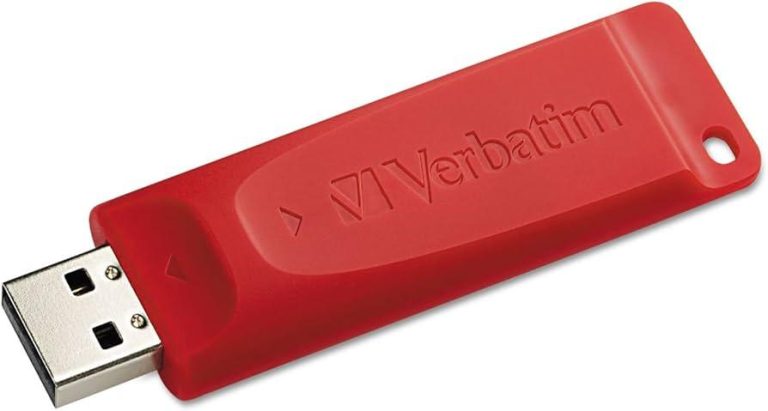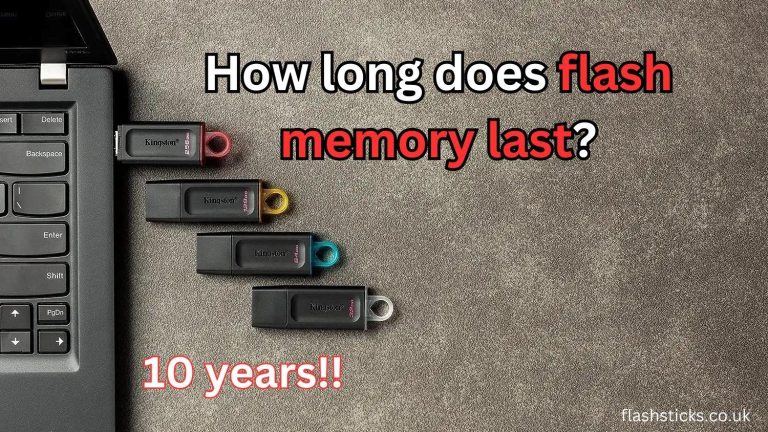How much data can a USB stick hold?
USB sticks, also known as flash drives, have become an essential tool for data storage and transfer. With various sizes and capacities available, they are incredibly versatile and useful. But the essential question remains: How much data can a USB stick hold? This comprehensive guide will dive deep into the storage capacities of flash sticks, their benefits, and practical tips for choosing the right one for your needs.
Introduction
In today’s digital age, storing and transferring data has never been more critical. From working professionals needing to transfer large files to students looking to carry their projects, USB sticks offer a convenient solution. But how do you determine the right capacity for your needs? This article will explore the different storage options and what you should consider when choosing a flash stick. Let’s get started!
Understanding USB Stick Storage Capacities
USB sticks come in various storage capacities, ranging from a few megabytes (MB) to several terabytes (TB). The size you need depends on the type and amount of data you plan to store. Below is a breakdown of common storage capacities:
| Capacity | Approximate Storage Equivalents |
|---|---|
| 128 MB | ~32,000 Word documents or ~16 high-quality images |
| 1 GB | ~250,000 Word documents or ~200 high-quality images |
| 8 GB | ~2,000,000 Word documents or ~1,600 high-quality images |
| 32 GB | ~8,000,000 Word documents or ~6,400 high-quality images |
| 128 GB | ~32,000,000 Word documents or ~25,600 high-quality images |
| 1 TB | ~250,000,000 Word documents or ~200,000 high-quality images |
Factors to Consider When Choosing a USB Stick
- Usage Purpose: Determine the type of files you will store. Large files such as videos and software require more space compared to documents and images.
- Transfer Speed: USB 3.0 drives offer faster data transfer rates compared to USB 2.0. Consider this if you frequently transfer large amounts of data.
- Durability: Look for USB sticks with robust construction to withstand wear and tear, especially if you carry them around often.
- Brand Reliability: Opt for reputable brands known for quality and reliable performance.
- Price: Higher storage capacities come with higher costs. Balance your storage needs with your budget.
Benefits of Using USB Sticks
USB sticks provide numerous advantages, making them a popular choice for data storage and transfer:
Portability
One of the most significant benefits of a USB stick is its convenience. These small devices can easily fit in your pocket or attach to your keychain, allowing you to carry substantial amounts of data wherever you go.
Plug-and-Play
USB sticks are user-friendly and require no special software to use. Simply plug the device into a USB port, and your computer will recognize it immediately, allowing you to transfer files in seconds.
Cost-Effective
For the amount of storage they offer, USB sticks are a relatively affordable solution compared to other storage devices like external hard drives.
Durability
With no moving parts, USB sticks are less prone to mechanical failure, making them more rugged compared to traditional hard drives.
Compatibility
USB sticks are compatible with a wide range of devices, including computers, smartphones, and even some gaming consoles, making them versatile.
Practical Tips for Maximizing Storage on Your USB Stick
To make the most out of your USB stick, consider the following tips:
Organize Your Files
Create specific folders for different types of data (e.g., documents, pictures, videos) to keep everything organized and easy to find.
Compress Files
Use file compression tools to reduce the size of large files so you can store more data on your USB stick.
Regularly Backup Important Data
While USB sticks are reliable, it’s always good practice to back up crucial data in another location to prevent data loss.
Safely Eject Your USB Stick
Always use the ”Safely Remove Hardware” option before unplugging your USB stick to avoid data corruption.
Conclusion
USB sticks are a versatile and practical solution for data storage and transfer, offering a range of capacities to suit different needs. Whether you’re looking to store simple documents or extensive media files, there’s a USB stick to fit your requirements. By considering factors such as size, speed, and durability, you can select the right USB stick for your needs. Take advantage of the portability, cost-effectiveness, and reliability that USB sticks offer.
We hope this guide has helped you understand how much data a USB stick can hold and provided you with the information you need to make an informed decision. Happy storage!
“`






